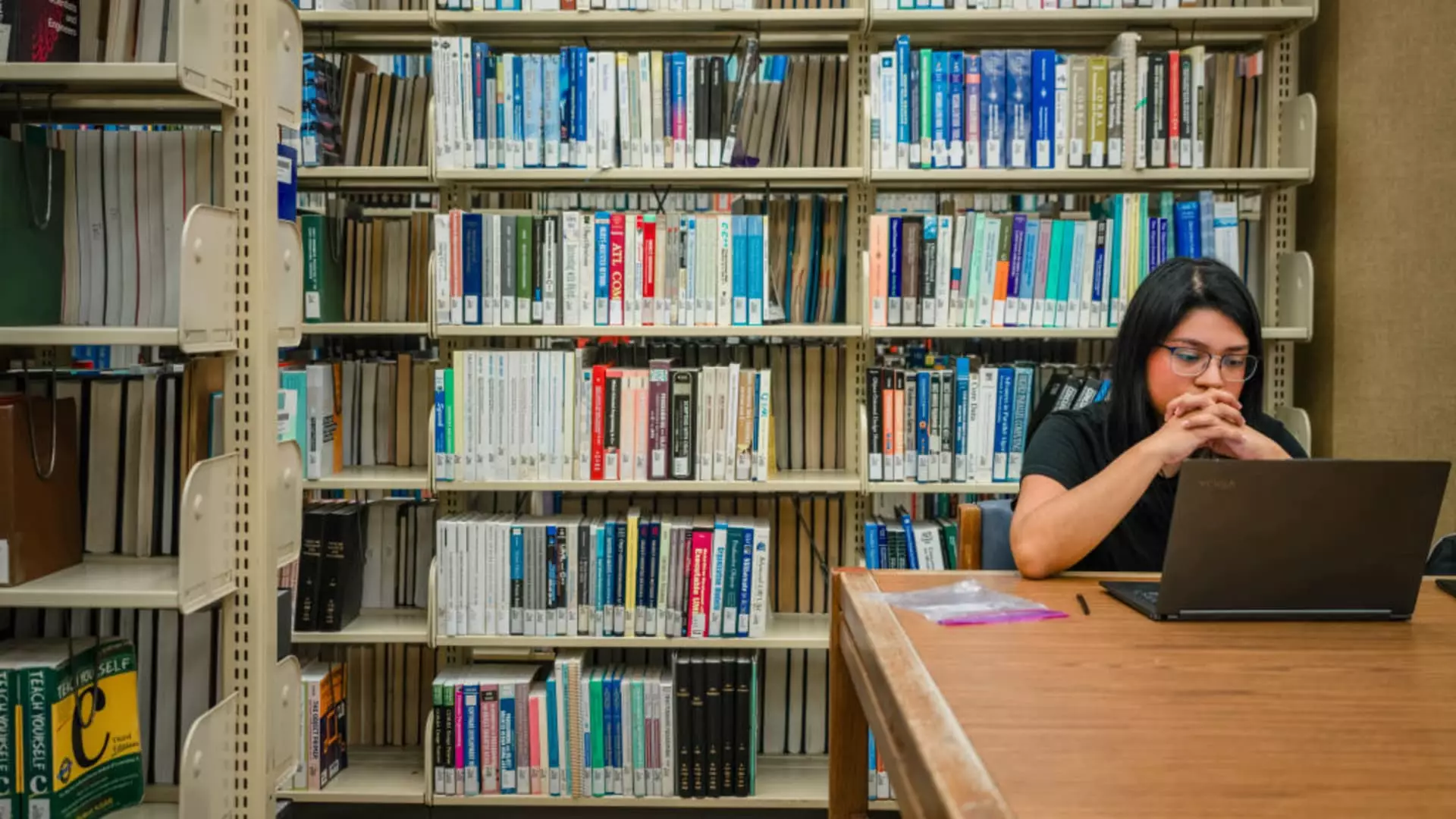The recent announcement of President Donald Trump’s sweeping tax and spending package, which introduces significant caps on federal student loans, presents a superficially appealing effort to curb debt. However, this policy risks doing more harm than good by fundamentally misunderstanding the nature of higher education financing and the real causes of student debt crises. While proponents argue that borrowing limits will force colleges to reign in soaring tuition costs, it is naive to think that constricting access to federal funding will yield the desired results. Instead, it might push vulnerable students toward riskier private loans, deepen educational inequalities, and ultimately hinder economic growth.
At its core, the new law imposes restrictive lifetime borrowing ceilings for students and their families—$257,500 for all federal loans, with specific caps for graduate and professional degrees. While these figures might appear budget-conscious on paper, they ignore the reality that student costs, especially in health professions and law, vastly outstrip these limits. The average medical school debt already surpasses $200,000 at public institutions, and private colleges can charge close to three times that amount. Limiting access to federal loans won’t make higher education more affordable; it will merely bar the most ambitious students from acquiring the necessary capital to pursue their careers, thus risking a decline in the quality and diversity of the workforce.
Furthermore, reducing federal loan access is likely to exacerbate existing educational divides. Low-income students and minorities—groups historically reliant on accessible federal aid—are disproportionately impacted by borrowing caps. These students often lack the collateral or credit history to secure private loans, which are now poised to become the primary alternative for funding higher education. As the private market is driven by creditworthiness rather than need, marginalized groups could face a significant hike in educational barriers, institutionalizing inequality rather than addressing it.
The False Promise of Tuition Restraint and College Affordability
It is an oversimplification to assume that borrowing caps will pressure universities into controlling their tuition fees. Historically, the steep rise in college costs has been driven by administrative expansion, flashy amenities, and technological investments, rather than the direct costs borne by students. When federal lending is restricted, colleges might adapt by hiking prices further, expecting students or their families to cover more out of pocket or find alternative funding. The anticipated “market correction” that critics envision is unlikely to materialize, especially when demand for college degrees remains strong and talent-driven.
There is also a dangerous misconception embedded within the narrative that reducing borrowing will discourage students from pursuing graduate and professional education. This ignores the long-term implications of a less educated workforce. Limiting access to essential degrees in medicine, law, and dentistry could deepen shortages in critical sectors. Such shortages threaten public health, safety, and economic productivity. Instead of solving the root issues—such as ballooning costs and inefficient resource allocation—these caps could create unintended scarcity, impacting society at large.
A better approach would involve targeted investments to reduce costs, increase transparency, and improve the value proposition of higher education, rather than putting a blunt cap on borrowing. Dismissing federal aid as a crucial tool for making college accessible reflects a narrow understanding of the broader socio-economic impact of educational opportunities.
Private Loans: The Hidden Threat of Financial Tightening
The shift away from federal loans towards private borrowing raises serious concerns. When federal limits tighten, students and families will turn increasingly to private lenders—lenders that operate without the safety nets of federal protections, income-driven repayment plans, or forgiveness programs. Private loans, often shrouded in complex terms, can trap borrowers in mounting debt with fewer options for relief when financial hardships strike.
This transition favors the wealthy—who more easily qualify for private loans—while marginalizing low-income students, further entrenching existing inequalities. Private lenders primarily rely on credit scores, which disadvantages students and their families lacking access to credit histories or collateral. As private loan originations increase, the risk of defaults, financial instability, and long-term debt cycles intensifies for vulnerable borrowers.
Moreover, the false narrative that private loans are merely supplementary overlooks their potential to create a new debt trap. Federal student loans have historically been the safer, more flexible pathway for students, providing repayment options aligned with income levels. Moving away from this model risks establishing a two-tiered system where wealth and creditworthiness decide access to education, not merit or need.
This policy shift also ignores the broader societal benefits of well-educated citizens—innovative entrepreneurs, skilled workers, and informed voters. If beyond-limits borrowing is severely curtailed, society might pay the price in stagnation, reduced social mobility, and increased economic inequality.
The Real Cost of Restricting Educational Access
Simply put, limiting federal student loans is a shortsighted solution that prioritizes budget trimming over the fundamental value of accessible education. Policymakers should recognize that higher education is not a luxury but a catalyst for social mobility and economic resilience. Imposing harsh borrowing caps under the guise of fiscal responsibility risks undermining these vital societal goals.
A more nuanced approach would involve reforming the underlying structure of college financing—addressing hidden costs, promoting affordability, and expanding programs that serve underserved populations. Protecting the safety nets provided by federal loans is essential for safeguarding the future workforce and fostering an equitable society. Instead of punishing students with arbitrary caps, the focus should be on making higher education genuinely affordable and worth investing in—something that requires more strategic, not less, federal engagement.
The government’s role should be to empower students, not constrain their ambitions. Cutting off access to the funds necessary for many to pursue advanced degrees isn’t austerity; it’s a reckless gamble with the nation’s intellectual and economic future. We need policies that acknowledge the transformative power of higher education rather than distort it into a burden carried disproportionately by the most vulnerable.

